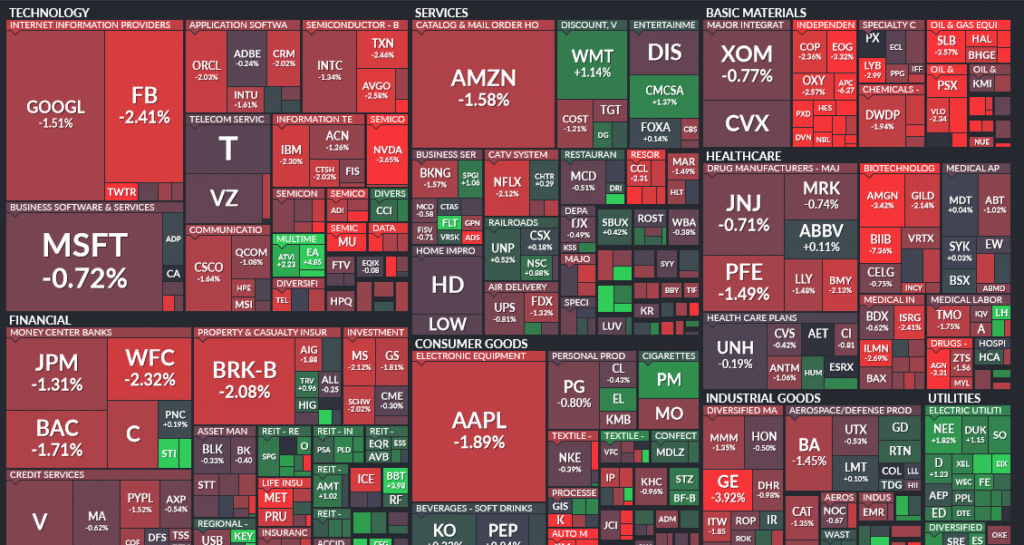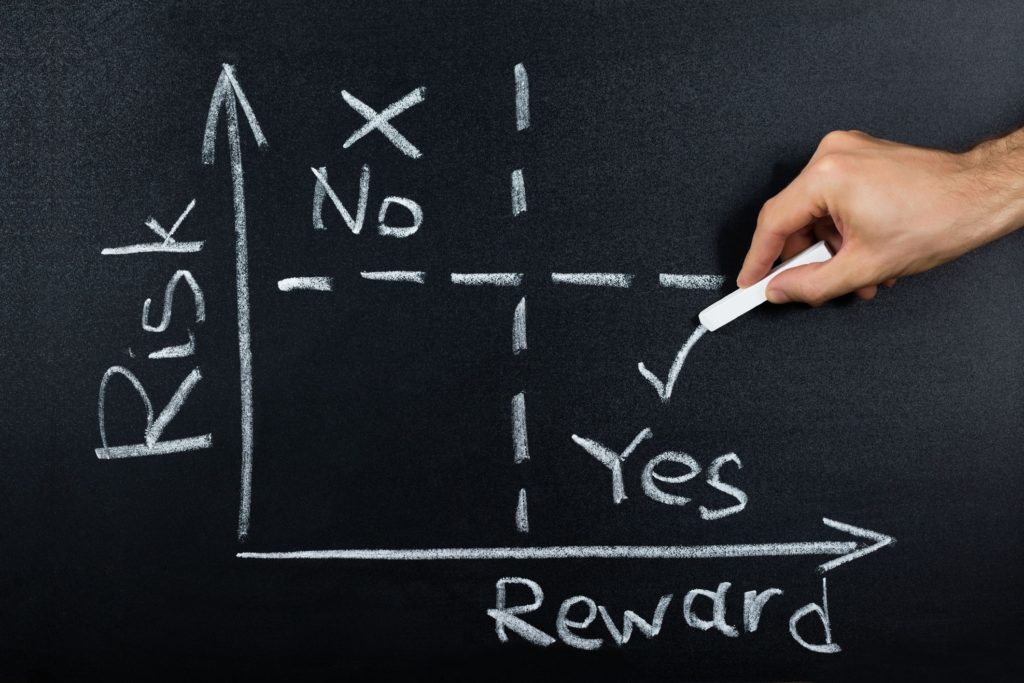Table of Contents
Active vs Passive Investing — how do you know which one to choose for you?
In previous articles, we’ve always advocated for index fund investing for the benefits they bring like diversification & ease of participation.
Index funds are considered passive investment, since it requires little to no input from the investor.
For new investors, it’s definitely recommended to start off with this method compared to active investing – which means choosing individual stocks you want in your portfolio.
Watch our video on how to start investing as a beginner
For those seeking to try out active Investing, there are some benefits to it.
While we don’t encourage this for the large majority of people, those who closely follow global markets and know what they’re doing can be rewarded nicely.
So which one’s for you?
Choosing between active vs passive investing shouldn’t be complicated.
So we’ve boiled it down to 4 things you need to think about before choosing between active vs passive investing.
4 Things To Consider Before Choosing Active vs Passive Investing
1. Diversification

We won’t get too much into this as it has been mentioned before.
Basically, putting $1000 into 500 different stocks instead of just one means you get more exposure to different industries, company sizes, and even geographies.
For example, the Dow Jones Index (DIA) is a collection of 30 blue-chip companies with stable profits that include Apple, Boeing, Walt Disney, McDonald’s, and Jonhson & Johnson.
Through just these 5 stocks, you can see that they’re completely unrelated in terms of what they do or the markets they serve.
Boeing builds airplanes for commercial and defense purposes, while Johnson & Johnson develops pharmaceutical and skincare products.
Apple is worth a whopping $1 trillion while Boeing is “only” worth $60 billion. You get the gist.
With the introduction of robo advisors, things become even better.
You’ll be able to get diversification not only on your stocks but also on your index funds, ranging from healthcare to communication services.
So when it comes to active vs passive investing, passive investing definitely wins in terms of diversification.
2. Risk/Reward

This then leads to our next point, your risk-reward levels.
Through large diversification, you minimize your exposure to risk.
If you invest in the S&P 500, the bankruptcy of 1 company would be balanced out partly by the remaining 499.
To show this, we go back to our example in the Dow Jones Index.
From 18th Feb to 17th Mar 2020, the index declined by 27% (yikes).
Boeing (BA) – one of the stocks in this index, got hammered for a loss of 63% (YIKES) after airline companies started putting plane orders on hold.
The 36% difference is attributed to the fact that while Boeing got hit hard, the 29 other stocks in the Dow partially offset the downturns.
Meanwhile, Procter & Gamble (PG) – another stock in the Dow, is only down by 6%, outperforming the market by more than 4x. This then helped in reducing the total index decline.
This goes to show that by choosing individual stocks through active investing , you have the potential to either way outperform the market, or dramatically underperform it.
To summarize, active investing means you’ll be exposed to more risks but can potentially earn higher returns.
So when it comes to active vs passive investing, who wins in terms of risk/rewards level?
We’re gonna say this is a draw, although you can dramatically decrease your risk of active investing with the right knowledge.
3. Convenience
Unfortunately, there are no free lunches.
The price you have to pay to outperform the market is putting in the time to do your research.
There are many things that you need to consider when choosing a stock, such as future growth outlooks, moat (competitive advantage), and current valuations.

DIY Investing Requires Time To Do Research
On the other hand, buying index funds removes a lot of hands-on work needed.
Generally, the US stock markets always go up.
There’s no crystal ball to predict the future, but this statement has held for as long as we have had stock markets.
Going the robo advisor route makes things even easier, letting them do the research work for you at an extremely low fee structure.
So how does convenience affect our contest between active vs passive investing?
Hands down passive investing wins over active investing in this round.
4. Freedom Of Choice

Imagine you go to the market and a stall offers fruits they sell that comes in a bundle.
Some you like, some… not so much.
Either you take it all or you take none. Being unhappy with this, you go to another stall and there they let you mix and match to choose only what you want. Perfect.
This metaphor explains the best thing about active investing – you get the freedom of choosing which companies get in your portfolio.
I still remember the first stock I ever bought, being Maybank.
I bought it for the simple reason that I liked being a customer of theirs, and they had attractive dividends.
When you invest in an index fund such as the S&P 500, you’re automatically invested into the 500 companies that are in it.
You don’t get to choose which you like and which you don’t.
Through active investing, the choice is completely yours.
You can avoid companies that may be big in size but have little to no growth prospects in your opinion.
Some people would much rather invest in companies with good EGS values (Environmental, Governance, Social).
So when it comes to freedom of choice, active investing definitely wins over passive investing.
Personal

We have a mixture of active and passive investments in our portfolio.
We get most of my index fund investments through StashAway, getting a good variety of companies in the mix.
We’re in it for the long run with scheduled deposits and expect to get the average stock market return of around 7-10% annually.
We really enjoy following the stock market though.
It’s interesting to find out about the 100 different things Amazon is doing or how Apple’s latest iPhone is performing in the market.
By choosing stocks that we want, it’s like we’re building my own index fund!
Whilst unlikely, we’re trying to outperform the average returns from the stock market with a mixture of short and long term investments.
This is gonna sound silly but we feel a connection to a company once I’m invested in it.
Seeing the stock you knew had great potential finally fulfill it is rewarding!
It’s also much more fun telling people that you bought shares in Facebook because you really enjoy using Instagram and like their management team.
I mean.. Do your friends even know what the S&P500 is?
Bottom line
If you’re new to investing and don’t follow markets – Go the passive investment route and buy index funds.
It’s hassle-free and low effort so you don’t have to put so much time into managing your portfolio.
You’d get good returns over a long period with close to no risk of losing your entire investment.
We recommend robo advisors or FundSuperMart.
If you have some experience and are keen to learn about the markets – try out active investing.
You should have a portfolio of at least 10-12 stocks in 4-6 different industries to provide diversification.
In our next article, we’ll explain how you can buy individual stocks as a Malaysian.
If you enjoyed this, share it with your family and friends! We’d really appreciate the love & support 🙂
Check out these related articles:

